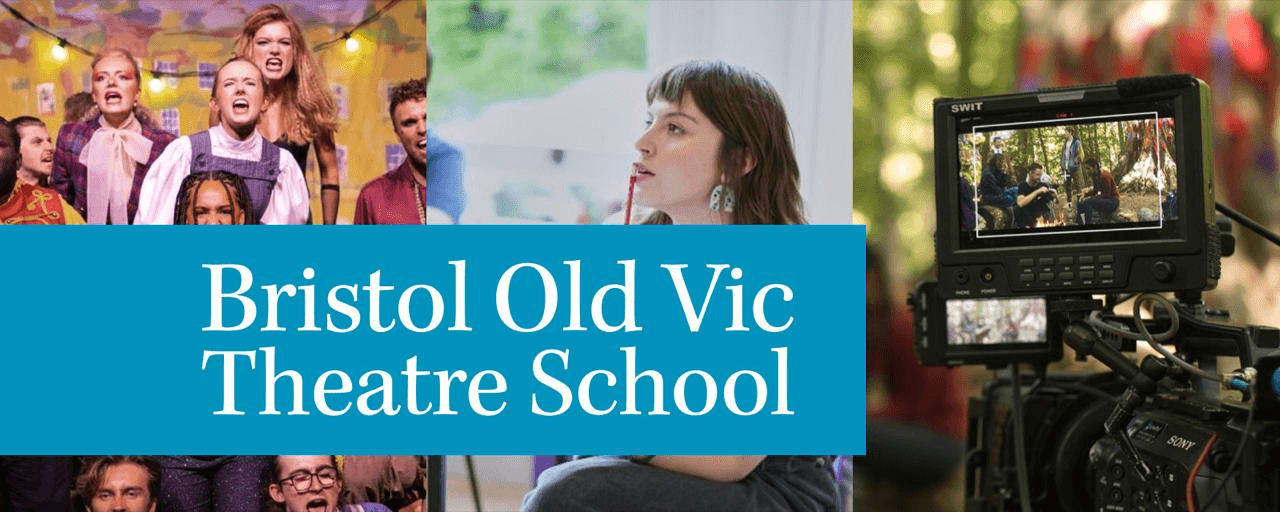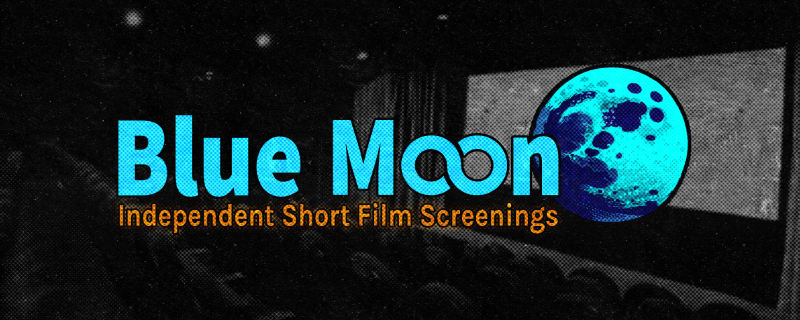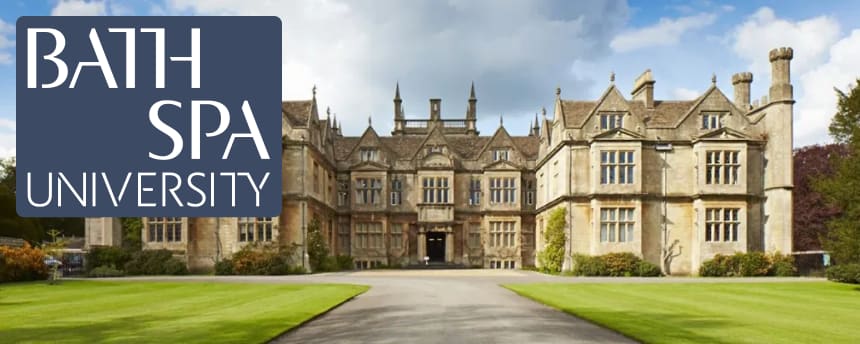

Diagonal (Short film, 2022)
A post-production experimental film using found footage from 1895 to 1902 that has been enhanced through AI and colourised.
This is a new development in my film research into memory conceptualisation in Cinema. Using found footage from the late 19th and early 20th century I created a short experimental film in the style of a City Symphony. While not a true example of the City Symphony as it is filmed across serval locations it does retain the essential components of this rare genre film. This film is number 3 of 3 films sharing a similar aesthetic style, the others Vertical and Horizontal are still in production at this time.
These films have a number of common elements
- multiple layers
- movement in contrasting directions
- heavily treated and remastered source footage (colourised and stabilised), traveling pov shots (phantom rides)
- The imagery of vehicles and bodies in motion.
- repetitive music that matches the repetitive images and which is overlaid on the sound of a projector.
- They are primarily non-narrative, although the music and the movements depicted sometimes imply narrative development.
- They can also, obviously, be read as elements of larger narratives.
The use of masks is quite effective in complicating the relationship between the different images so that it is sometimes hard to see them as discrete layers. I think this effect – where it becomes difficult to see the separate layers - is really effective as a way of capturing a certain experience of memory (where images, moments from different times are conjoined and confused as we attempt to remember the past).
Also, I think the image of movement – of moving bodies – is a good way of suggesting and evoking both the idea of the complex and unstable structure of memory, and the sense of history as something that is dynamic and ever-changing, ever-moving, rather than something that is stable and fixed. Water is therefore an interesting symbolic image in this regard.
I think the use of clearly remastered imagery is interesting. It means this is not about nostalgia for analogue film, or for some authentic past, but instead suggests that new image technologies can give us access to the past. There is a broader significance to this conceptualisation of the past – and history – as something that has to be revisited and renarrated continually. (Bennett 2022)
Credit
I worked on this project
Ian Hunt Lancaster, United Kingdom
Ian is currently a PhD researcher in Film at Lancaster University while producing a series of short films as part of his PhD practice.





